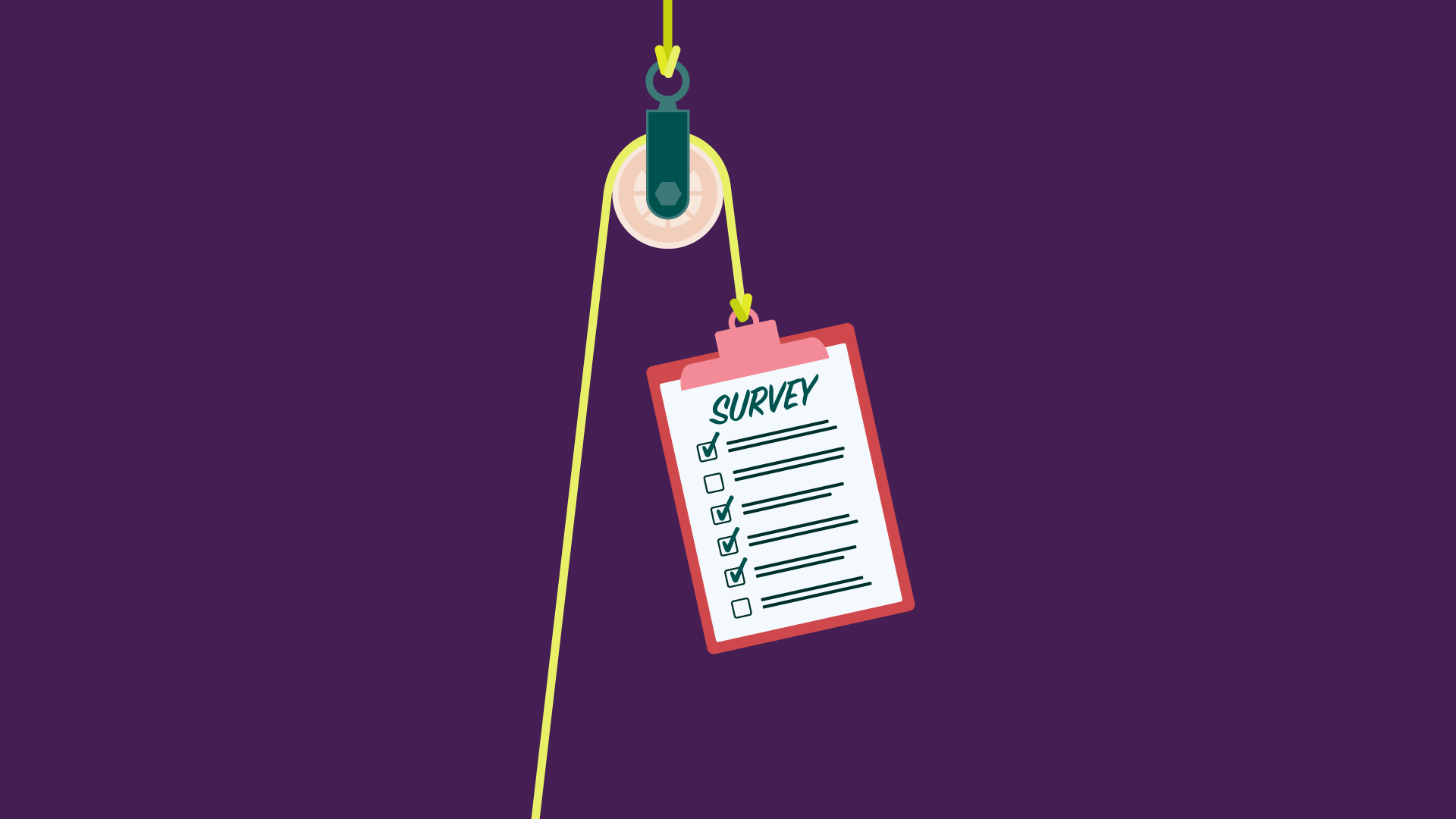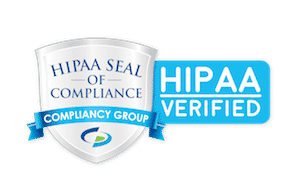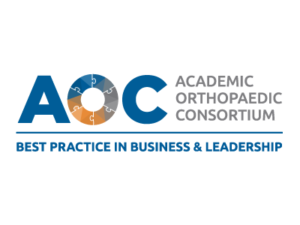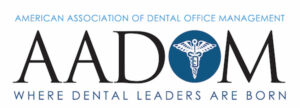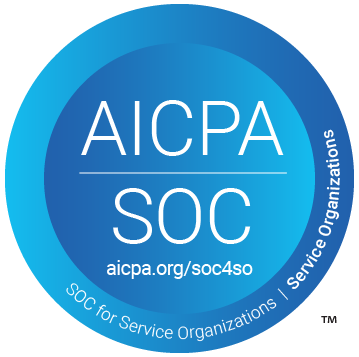Patient feedback isn’t just about satisfaction scores—it’s a crucial tool for practice growth and improvement. While 80% of organizations believe they deliver “superior” experiences, only 8% of their customers agree. This striking disconnect highlights why systematic patient feedback is more important than ever.
To close this perception gap, healthcare organizations need to put patients at the heart of their operations. This means going beyond traditional satisfaction surveys to truly understand and act on the patient experience. Healthcare providers must design services that reflect real patient needs and preferences while focusing on the entire patient journey—from the first phone call through follow-up care. It’s not enough to excel at clinical care alone; practices must create a comprehensive experience that matches patients’ increasingly high expectations for healthcare delivery.
Why Patient Surveys Matter Now More Than Ever
Healthcare has become increasingly consumer-driven, with patients actively choosing providers based on experiences and reviews. Regular patient surveys serve multiple vital functions within a practice. They help identify areas for improvement before they become problems and demonstrate a genuine commitment to patient satisfaction. Moreover, they generate valuable positive reviews and testimonials, along with important data that can be used to make transformative practice improvements. Perhaps most importantly, they allow practices to track progress over time and measure the impact of changes they implement.
The Challenge of Traditional Survey Methods
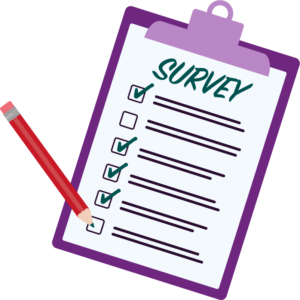 Many practices struggle with conventional survey approaches. Paper surveys often get lost or forgotten, email surveys face low response rates, and manual data collection is time-consuming. Without proper tools, analyzing survey results and turning them into actionable insights can be overwhelming. This is where digital survey tools like SocialClimb come into play. By automating the survey process and providing insightful analytics, practices can focus on what matters most—acting on patient feedback to improve quality of care.
Many practices struggle with conventional survey approaches. Paper surveys often get lost or forgotten, email surveys face low response rates, and manual data collection is time-consuming. Without proper tools, analyzing survey results and turning them into actionable insights can be overwhelming. This is where digital survey tools like SocialClimb come into play. By automating the survey process and providing insightful analytics, practices can focus on what matters most—acting on patient feedback to improve quality of care.
Best Practices for Effective Patient Surveys
Timing is everything when it comes to patient surveys. Sending surveys within 24 hours of patient visits, when experiences are fresh in patients’ minds, significantly improves response rates. Automated systems can trigger these surveys at the optimal time, ensuring consistent and timely feedback collection.
Simplicity is also key to successful survey implementation. Focus your questions on areas that matter most to your practice and patients, such as ease of scheduling, wait times, staff interactions, provider communication, and overall satisfaction. The likelihood of patients recommending your practice to others is particularly valuable as it tends to strongly correlate with practice growth.
Making surveys convenient for patients is crucial for high response rates. Mobile-friendly surveys that take less than 5 minutes to complete typically see the highest completion rates.
 Perhaps most importantly, practices must close the feedback loop. When patients provide feedback, especially negative feedback, responding promptly can transform a potentially negative situation into a positive one. Research consistently shows that people who receive timely, thoughtful responses to their concerns are significantly more likely to remain loyal to the organization. This simple act of acknowledging and addressing feedback demonstrates that you value patient input and are committed to continuous improvement.
Perhaps most importantly, practices must close the feedback loop. When patients provide feedback, especially negative feedback, responding promptly can transform a potentially negative situation into a positive one. Research consistently shows that people who receive timely, thoughtful responses to their concerns are significantly more likely to remain loyal to the organization. This simple act of acknowledging and addressing feedback demonstrates that you value patient input and are committed to continuous improvement.
Turning Feedback into Action
Collecting feedback is only the first step in the improvement process. The real value comes from analyzing trends and patterns in your survey data. Modern survey platforms provide detailed analytics that help identify common patient concerns, service gaps, staff training opportunities, and process inefficiencies.
Setting benchmarks is equally important. Your practice should regularly compare performance against previous periods, industry standards, and internal goals. This comparison helps track progress and identify areas needing attention.
Making Surveys Work for Your Practice
The key to successful survey implementation is starting small and building momentum. Begin with a core set of questions focused on key metrics like Net Promoter Score (NPS) and overall satisfaction, then expand based on your practice’s specific needs and goals.
Technology plays a crucial role in modern survey success. Using HIPAA-compliant platforms that offer automated survey distribution, real-time feedback alerts, comprehensive analytics, and integration with practice management systems can transform your ability to gather and act on patient feedback.
Regular monitoring and adjustment of your survey program ensures its continued effectiveness. Pay attention to response rates, completion rates, and result trends to optimize your approach over time.
The Future of Patient Feedback
As healthcare continues to evolve, patient feedback will become even more crucial for practice success. Forward-thinking practices are already using artificial intelligence and machine learning to analyze patient feedback patterns and predict potential areas for improvement before they become issues.
Take Action Today
 Don’t let valuable patient feedback slip through the cracks. Implementing a systematic approach to patient surveys using modern tools like SocialClimb can transform your practice’s ability to understand and meet patient needs. Remember, in today’s healthcare environment, practices that actively seek and act on patient feedback don’t just survive—they thrive. The question isn’t whether to implement patient surveys, but rather how to do it most effectively for your practice’s unique needs.
Don’t let valuable patient feedback slip through the cracks. Implementing a systematic approach to patient surveys using modern tools like SocialClimb can transform your practice’s ability to understand and meet patient needs. Remember, in today’s healthcare environment, practices that actively seek and act on patient feedback don’t just survive—they thrive. The question isn’t whether to implement patient surveys, but rather how to do it most effectively for your practice’s unique needs.

